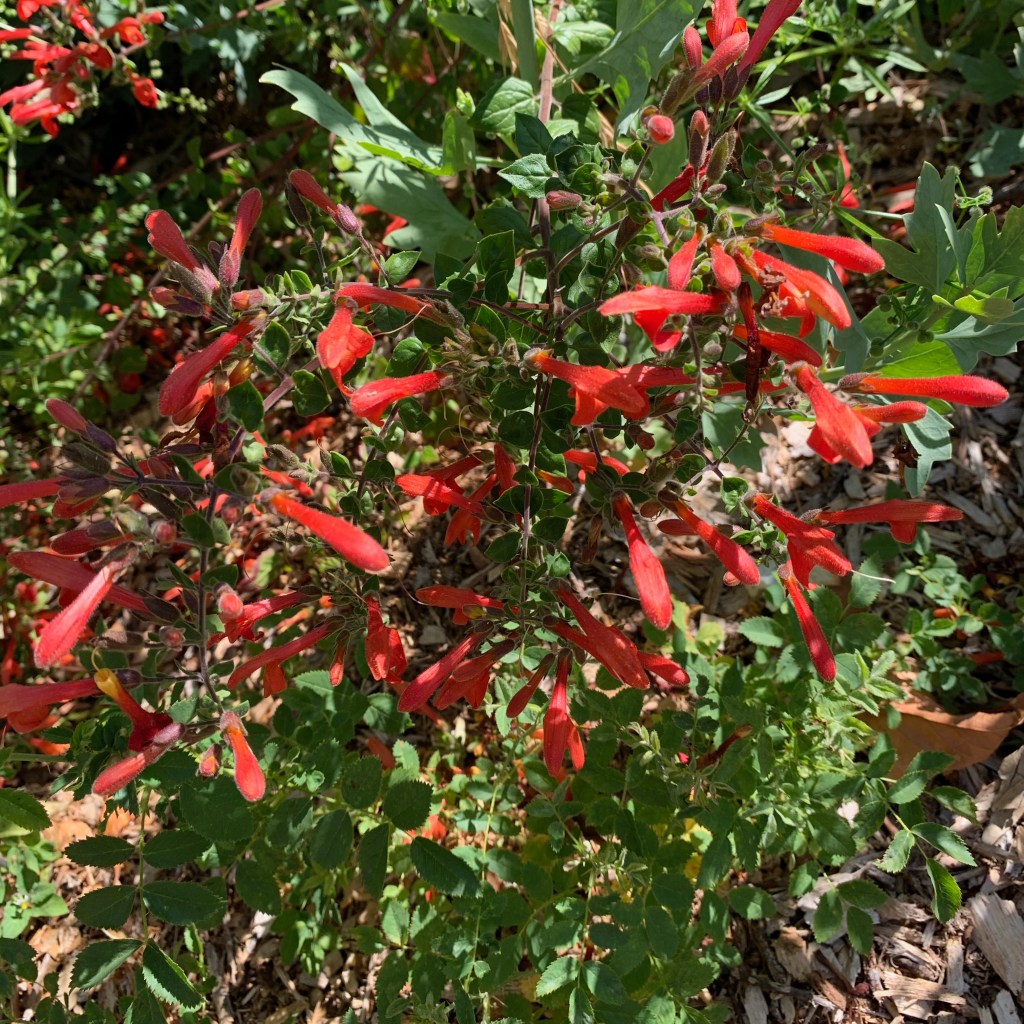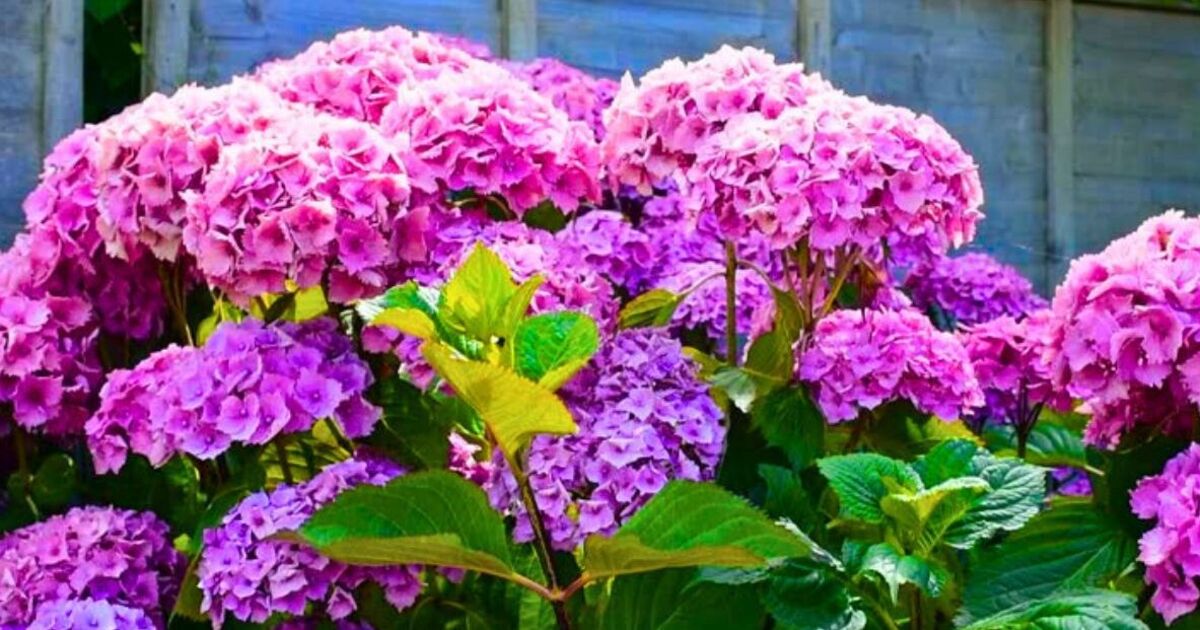The Pacific Gum Plant, scientifically known as Grindelia stricta var. platyphylla, is a California native perennial herb which grows predominantly in the Central Coast region. Belonging to the Aster plant family (Asteraceae), this herbaceous plant exhibits the usual sunflower floral structure with yellow disks and ray flowers. The plant prefers to grow in tidal flats, coastal strands, and coastal sage scrub close to the ocean, at elevations ranging from sea level up to 700 feet. It is an ornamental beauty that many garden enthusiasts adore.
It’s not uncommon for gardeners to make spontaneous choices when selecting plants for their home or yard, be it visiting a garden center, taking part in a plant sale, or scrolling through a plant catalogue. Sometimes, the choices are a hit, while at other times, they might need to grow into. As a testimony to this universal gardening habit, let’s talk about three plants that were impromptu picks during a recent visit to a garden shop.
The first selection was the Scarlet Monkey Flower (Diplacus aurantiacus ‘Dorothy’). With its bright red flowers, it is a perfect match for the pale yellow blossoms of the established Monkey Flower. This plant can comfortably fit into a bed of California native plants or even in a butterfly garden lined with California native plants that are local to a specific area. The Scarlet Monkey Flower is ticking all the boxes so far.
Next in the basket was Downy Zieria, or Dwarf Zieria (Zieria littoralis). This dense-growing Australian native shrub is critically endangered in the wild, where it grows on exposed rocky coastal headlands. It has neat, small, grey-green velvety foliage and sprouts tiny starry white flowers in winter-spring. The Downy Zieria, which grows up to 3 feet tall, offers a rare grey-green facet in a bed full of Australian plants, which has plenty of room to accommodate it.
The final choice was a Wax Flower (Crowea ‘Poorinda Ecstasy’). This appealing shrub is indigenous to Australia and grows approximately 3 feet high and wide, blossoming comparatively large solitary pink flowers from early summer to autumn, occasionally also in other seasons. The Australian garden bed already houses this plant, but the variations in blossom hues, ranging from complete pink to white that the “multi-colored” cultivar offers, will add a novelty factor to the bed.
While such spontaneous selections certainly pep up your garden, using a more systematic approach to pick plants could contribute to the long-term evolution of the garden, keeping specific goals in mind. For instance, the goal behind using systematic plant selection could be to identify locally native shrubs and perennials for a butterfly garden under development.
The process of systematic selection includes comparing two plant lists. The first is a list generated by a native plant society’s database. It lists shrubs and perennials that are native to a specific county, limited to plants up to 6 feet tall and that attract butterflies. The second list could be from any plant sale featuring local botanical varieties. Once these lists are compared and the prevailing plants identified, diligent research can help in confirming the heights of the plants as well as their appeal and growth conditions.
These are just some examples of how to achieve your gardening goals, whether you are creating a butterfly garden or looking to fill your plant island with specific plant species. The journey from selection to placement is quite fascinating, especially for gardening enthusiasts.
Brushing up your gardening skills through videos, forums, or discussions with experienced gardeners can broaden your knowledge and help you make more informed decisions. Enjoy your gardening journey!




